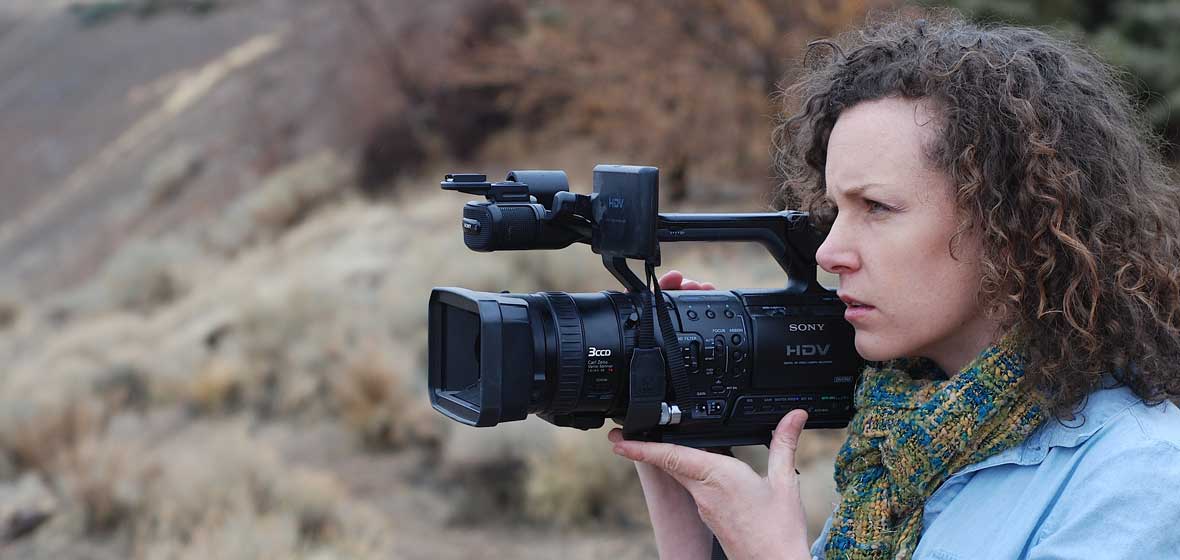When asked about her goals for her documentary “Struggle and Hope,” assistant professor Kari Barber said airing it on public television, or PBS, was always the objective.
“To me, it was the most important outlet that I wanted for this film,” she said.
Public broadcasting, she argued, is intrinsically tied to education, a theme that became apparent when she began filming. The documentary follows the struggling all-black towns in Oklahoma, Barber’s home state. Despite having grown up there, Barber only found out about the towns when her mother-in-law mentioned them.
“And I told her I had never heard that before,” Barber said. “I told her that was not taught in school. I’ve never heard this story. In fact, I was like ‘What? This can’t be right.’”
At the same time, Barack Obama had just been elected president. As the months progressed, Barber became alarmed by the number of racist things she was seeing online – from people she knew in her hometown.
“A lot of people I grew up with, that were my teachers in school, people I was very close to who I thought were good people, were suddenly sending around social media messages and email chains with very racist things,” Barber said. “And it was a kind of upsetting and shocking moment.”
It was these two things, the racism she saw emerging, and the unique history of her own state that she had no idea existed, that prompted Barber to begin filming “Struggle and Hope.”
Over the course of several years, Barber and fellow Reynolds School of Journalism instructor Nico Colombant visited all 13 towns, filming and gathering oral histories thanks to a grant from Oklahoma Humanities. Once finished, she began sending the film to ITVS and American Documentary, the two major wings of independent documentary for public television. Barber estimates she must have applied four or five times before it was accepted for broadcast.
“They got back to me and said they had changed their mind and they were interested,” Barber said.
Barber worked with both American Documentary and ITVS to premiere the documentary on America Reframed earlier this year. Barber said the experience has helped her not only get her documentary out but expanded her professional network.
“I feel like I’m much more comfortable reaching out to them now that we’ve met,” Barber said. “I feel like they were happy with what I did. So, I feel like moving forward, it really creates a good foundation for a relationship.”
Barber still says the crux of this film was the conversation around the little-known history of these towns. Getting that information out, Barber argues, is the heart of the documentary.
“From the start to me, this film was about challenging the sort of version of history that we've been told because it was the version I was taught and it was wrong,” Barber said. “That’s why I felt like public television was the perfect place. It’s not for people who can afford, you know, whatever cable channel. It’s for anyone. And I think that to me was the most important thing.”












